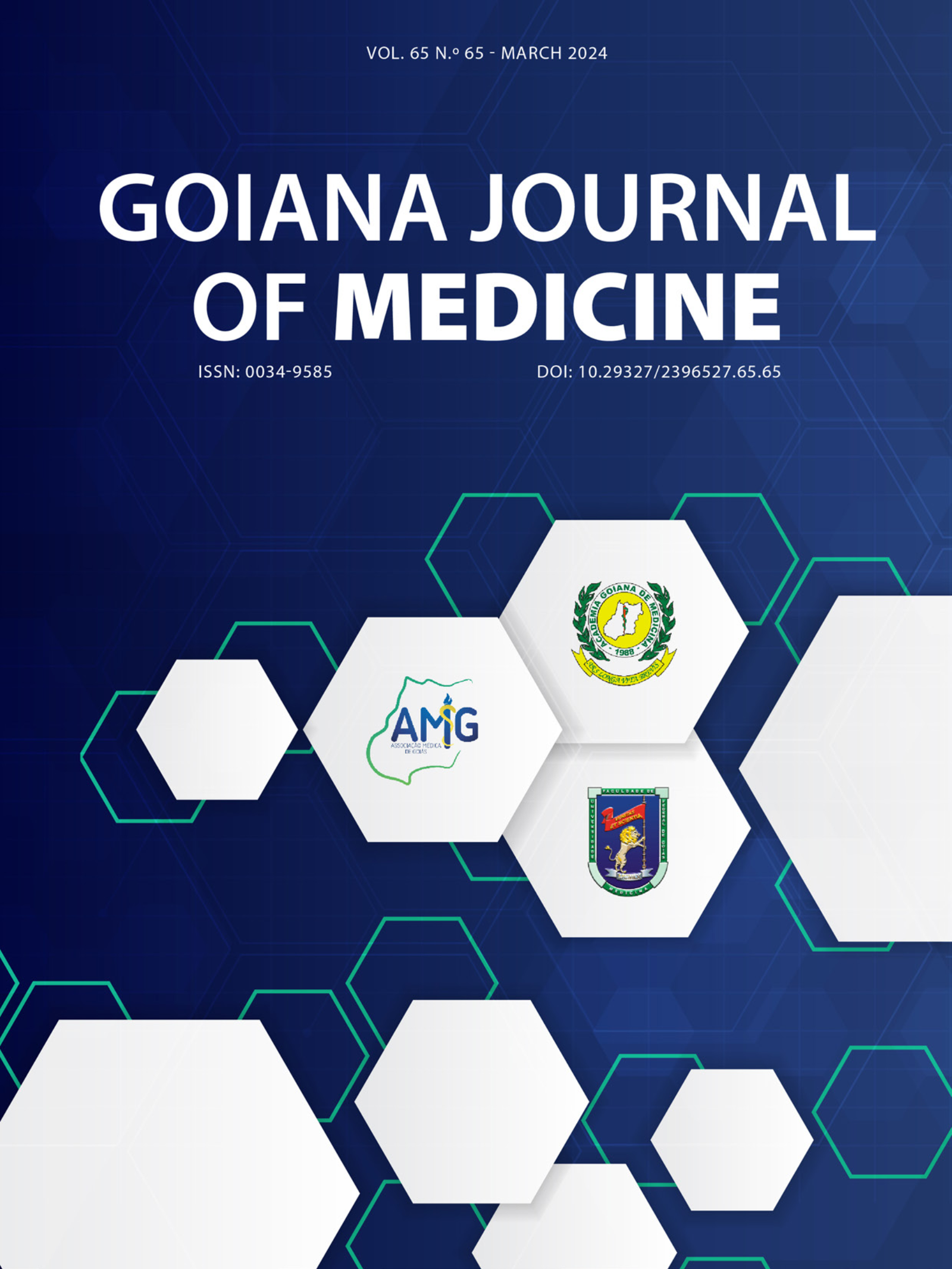Anesthesia and artificial intelligence
where are we and where are we going?
DOI:
https://doi.org/10.29327/2396527.65.65-9Keywords:
Anesthesiology, Artificial Intelligence, Machine Learning, Deep LearningAbstract
Technology based on Artificial Intelligence (AI) and its subfields such as Machine Learning and Deep Learning applied to the healthcare sector is undergoing rapid evolution. In the field of anesthesiology, its applications can be observed in the areas of preoperative assessment, monitoring of anesthetic depth, automated drug administration, ultrasound-guided regional anesthesia, and surgical room management with promising results.
Objective: The objective of this narrative literature review is to understand the technological landscape in which anesthesiology currently exists and explore future perspectives. It aims to comprehend the results, barriers, and challenges within this field.
Methodology: This study consists of a literature review, conducted through the analysis of articles on the PubMed platform from the years 2010 to 2023, using the terms: Anesthesiology, Artificial Intelligence, Machine Learning, and Deep Learning.
Results: 65 articles related to the searched terms were identified, of which 25 articles were selected. After excluding 3 articles unrelated to the theme, 22 articles were deemed eligible, and 15 articles were chosen for the present study.
Conclusion: Artificial Intelligence and its subfields are undergoing progressive development and expansion. The ability to create algorithms that perform tasks and solve problems similarly to human intelligence is present in various areas of anesthesiology. They assist experts in delivering quality, safety, and efficiency in care; however, ethical, moral, and social barriers must be overcome. Despite showing promising results, future studies regarding their applicability should be conducted, and the presence of the anesthesiologist is still indispensable in clinical practice.
References
Song B, Zhou M, Zhu J.Necessity and importance of developing AI in anesthesia from the perspective of clinical safety and information security . Med Sci Monit. 2023; 29:e938835. Available from: https://medscimonit.com/abstract/full/idArt/938835 doi: 10.12659/MSM.938835
Singhal M, Gupta L, Hirani K (September 11, 2023). A comprehensive analysis and review of artificial intelligence in anesthesia. Cureus. 2023 Sep 11;15(9):e45038. Available from: https://doi.org/10.7759/cureus.45038 doi: 10.7759/cureus.45038
Hashimoto DA, Witkowski E, Gao L, Meireles O, Rosman G. Artificial intelligence in anesthesiology: current techniques, clinical applications, and limitations. Anesthesiology. 2020 Feb;132(2):379–94. Available from: https://doi.org/10.1097/ALN.0000000000002960 doi: 10.1097/ ALN.0000000000002960
Grath MH, Flanagan C, Zeng L, Lei Y. Anaesthesia monitoring using artificial intelligence techniques. Int J Anesth. 2019;6(4):098. https://doi. org/10.23937/2377-4630/1410098 doi: 10.23937/2377-4630/1410098
Bellini V, Valente M, Gaddi AV, Pelosi P, Bignami E. Artificial intelligence and telemedicine in anesthesia: potential and problems. Minerva Anestesiol. 2022 Sep;88(9):729-34. Available from: https://doi.org/10.23736/S0375-9393.21.16241-8 doi: 10.23736/S0375-9393.21.16241-8
Wong DT, Kamming D, Salenieks ME, Go K, Kohm C, Chung F. Preadmission anesthesia consultation using telemedicine technology: a pilot study. Anesthesiology. 2004 Jun; 100(6):1605-7. Available from: https://doi.org/10.1097/00000542-200406000-00038 doi: 10.1097/00000542- 200406000-00038
Fishman M, Mirante B, Dai F, Kurup V. Patient preferences on telemedicine for preanesthesia evaluation. Can J Anesth. 2015;62:433-4. Available from: https://doi.org/10.1007/s12630-014-0280-0 doi: 10.1007/s12630-014-0280-0
Sha SB. McSleepy, da Vinci, Kepler Intubation System et al. Indian J Anaesth. 2013 Jan-Feb;57(1):101-2. Available from: https://doi. org/10.4103/0019-5049.108597 doi: 10.4103/0019-5049.108597
Seger C, Cannesson M. Recent advances in the technology of anesthesia. 2020 May 18, 9:1-7. [version 1; peer review: 2 approved] Available from: https://doi.org/10.12688/f1000research.24059.1 doi: 10.12688/f1000research.24059.1
Naaz S, Asghar A. Artificial intelligence, nano-technology and genomic medicine: the future of anaesthesia. J Anaesthesiol Clin Pharmacol. 2022 Jan 28;38(1):11-7. Available from: https://doi.org/10.4103/joacp.JOACP_139_20 doi: 10.4103/joacp.JOACP_139_20
Shalbaf R, Behnam H, Sleigh JW, Steyn-Ross A, Voss LJ. Monitoring the depth of anesthesia using entropy features and an artificial neural network. J Neurosci Methods. 2013 Aug 15;218(1):17-24. Available from: https://doi.org/10.1016/j.jneumeth.2013.03.008 doi: 10.1016/j.jneumeth.2013.03.008
Viderman D, Dossov M, Seitenov S, Lee M-H. Artificial intelligence in ultrasound-guided regional anesthesia: a scoping review. Front Med. 2022 Oct 25; 9:994805. Available from: https://doi.org/10.3389/fmed.2022.994805 doi: 10.3389/fmed.2022.994805
Karmakar A, Khan MJ, Abdul-Rahman M, Shahid U. The advances and utility of artificial intelligence and robotics in regional anesthesia: an overview of recent developments. Cureus. 2023 Aug 29;15(8): e44306. Available from: https://doi.org/10.7759/cureus.44306 doi: 10.7759/ cureus.44306
Chan JJI, Ma J, Leng Y, Tan KK, Tan CW, Sultana R, at. al. Machine learning approach to needle insertion site identifcation for spinal anesthesia in obese patients. BMC Anesthesiol. 2021 Oct 18;21(246):1-8. Available from: https://doi.org/10.1186/s12871-021-01466-8 doi: 10.1186/ s12871-021-01466-8
Liu Y, Cheng L. Ultrasound images guided under deep learning in the anesthesia effect of the regional nerve block on scapular fracture surgery. J Healthc Eng. 2021 Oct 07;2021: 6231116. Available from: https://doi.org/10.1155/2021/6231116 doi: 10.1155/2021/6231116
Belline V, Guzzon M, Bigliardi B, Mordonini M, Filippelli S, Bignami E. Artificial intelligence: a new tool in operating room management. role of machine learning models in operating room optimization. J Med Syst. 2019 Dec 10;44(20). Available from: https://doi.org/10.1007/s10916- 019-1512-1 doi: 10.1007/s10916-019-1512-1
Downloads
Published
Issue
Section
License
Copyright (c) 2024 Goiana Journal of Medicine

This work is licensed under a Creative Commons Attribution 4.0 International License.


